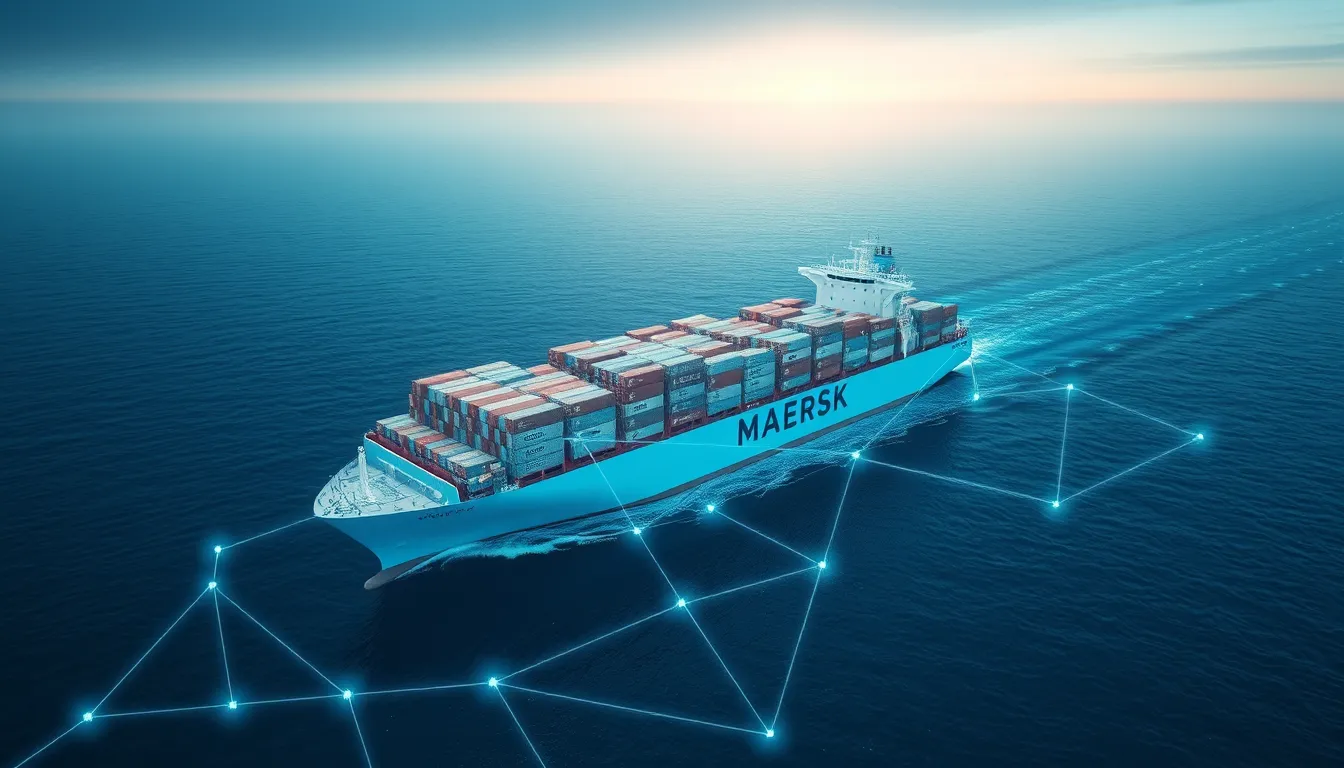Now Reading: Global Sea IoT Network: Transforming Maritime Operations
-
01
Global Sea IoT Network: Transforming Maritime Operations
Global Sea IoT Network: Transforming Maritime Operations

Global Sea IoT Network: Transforming Maritime Operations
In today’s rapidly evolving maritime industry, the integration of a global sea IoT network is revolutionizing the way shipping operations are conducted. By leveraging state-of-the-art technology and advanced maritime sensors, this innovative network is transforming maritime logistics and vessel performance monitoring. In partnership with industry leaders like Maersk and IoT specialist Onomondo, this project marks a significant milestone in digital transformation for the maritime sector.
The Technology Behind the Global Sea IoT Network
The global sea IoT network is built upon a robust infrastructure that combines multiple technologies to ensure seamless connectivity over vast oceanic expanses. This network utilizes a blend of satellite links, coastal connectivity towers, and advanced maritime sensors to deliver comprehensive, real-time data. The integration of satellite links and coastal towers ensures that vessels maintain connectivity even in the most remote regions, providing critical data for cargo and vessel management. Such integration not only supports IoT shipping networks but also plays a vital role in real-time cargo condition monitoring.
Advanced Maritime Sensors and Real-Time Analytics
Advanced maritime sensors are at the heart of this technological revolution. They monitor various parameters, including temperature, humidity, and vibrations, ensuring that cargo conditions are constantly observed. Real-time shipping analytics derived from these sensors allow operators to make swift, informed decisions. The availability of instant data enhances safety protocols while also optimizing route planning and fuel consumption. As a result, logistics companies benefit from reduced risks and improved operational efficiency.
Key Features of the Global Sea IoT Network:
- Continuous data monitoring through advanced maritime sensors
- Real-time shipping analytics for operational transparency
- Seamless integration of satellite links and coastal towers
- Enhanced vessel performance monitoring and safety protocols
How IoT Improves Maritime Logistics
The digital revolution in maritime logistics is largely attributed to innovations like the global sea IoT network. By embedding IoT technology into everyday operations, the industry has witnessed a transformation in efficiency and reliability. IoT systems enable accurate tracking for remote shipping and provide real-time cargo condition monitoring, thereby reducing unexpected delays and enhancing supply chain integrity. With these innovations, shipping companies are not only lowering operational costs but are also setting new standards in safety and regulatory compliance.
Furthermore, IoT tracking for remote shipping ensures that every shipment is monitored meticulously from departure to arrival. This level of detail is crucial in managing logistics in an industry that operates over expansive and unpredictable sea routes. Being able to access live data helps in troubleshooting potential issues before they escalate, ensuring that the cargo and vessels remain secure throughout their journey.
Integration and Connectivity: The Backbone of Maritime Innovation
The backbone of this groundbreaking network lies in its integration strategy. The combined effort of traditional maritime expertise and modern IoT technology has enabled the creation of a resilient and agile system. This integration of satellite links and coastal towers is not only essential for robust connectivity but also for achieving a high degree of reliability. Real-time shipping analytics, powered by such integration, provide actionable insights that drive performance improvement and operational safety.
As the maritime industry continues to embrace next-generation technologies, the global sea IoT network emerges as a pivotal force. It proves how the convergence of digital technologies can lead to smarter decision-making and enhanced monitoring. In addition, vessel performance monitoring is significantly enhanced, paving the way for timely maintenance schedules and better fuel management. This remarkable synergy between traditional maritime operations and innovative IoT solutions is setting the stage for a sustainable future in shipping.
The Future of Maritime Connectivity
Looking ahead, the scope of the global sea IoT network is vast. Industry experts believe that this initiative will further spur advancements in the maritime sector, encouraging the development of even more sophisticated IoT shipping networks. Companies are already exploring additional applications such as automated route optimization and predictive maintenance, which promise to further revolutionize maritime logistics.
To conclude, the global sea IoT network is much more than just a technological upgrade—it is an essential upgrade that addresses long-standing challenges in maritime connectivity. Through the integration of advanced maritime sensors, real-time shipping analytics, and continuous monitoring via satellite and coastal links, the network not only enhances operational efficiency but also ensures safety and sustainability in maritime operations. As the world moves towards a digitally connected future, such pioneering ventures will continue to play a crucial role in shaping the global shipping landscape.
For further insights into maritime digital transformation, visit Maritime Executive. Embracing these innovations today means positioning the maritime industry for a smarter, more efficient tomorrow.

























